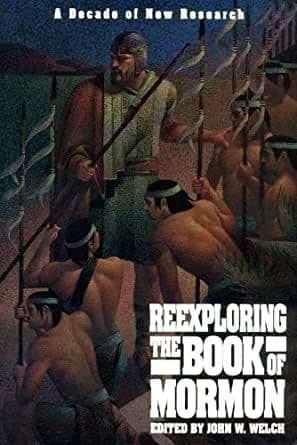Book
85 Chapters

Alma 3:1: “After having buried those who had been slain— now the number of the slain were not numbered, because of the greatness of their number— after they had finished burying their dead . . . ”
Epanalepsis is the name of a significant literary device known in antiquity. It occurs where an author repeats certain words in the course of a lengthy sentence, to pick up a previous train of thought after a parenthetical aside, to remind the reader of the original idea of the sentence. This technique was noted in antiquity by Demetrius, and it is sometimes called “resumptive repetition.”
Epanalepsis is well illustrated in Alma 3:1: “And it came to pass that the Nephites who were not slain by the weapons of war, after having buried those who had been slain—now the number of the slain were not numbered, because of the greatness of their number—after they had finished burying their deadthey all returned to their lands, and to their houses, and their wives, and their children” (italics added). Larry Childs has recently identified eighty-four such occurrences of epanalepsis in the Book of Mormon. It was apparently helpful in ancient texts to use resumptive repetition, since those texts did not have the benefit of modern punctuation or paragraphing.
The Childs study also lists and analyzes the use and distribution of epanalepsis among all Book of Mormon authors. Interestingly, some authors use the device more frequently than others. In particular, forty-nine of the eighty-four occurrences of epanalepsis are found in the writings of Mormon, while seven are in the writings of Nephi. The remaining twenty-eight are distributed among twenty-four other authors. Childs concludes: “The study of epanalepsis gives us some insight into the writing style of the Book of Mormon authors.” Especially for an author like Mormon, who was engaged in a process of abridging other records, epanalepsis was really the best means available to return the reader’s attention to the original train of thought.
Based on research by Larry Childs, reported in Insights, Summer 1986. Childs’s study was published as a F.A.R.M.S. Paper in 1986.
Book
85 Chapters
Items in the BMC Archive are made publicly available for non-commercial, private use. Inclusion within the BMC Archive does not imply endorsement. Items do not represent the official views of The Church of Jesus Christ of Latter-day Saints or of Book of Mormon Central.